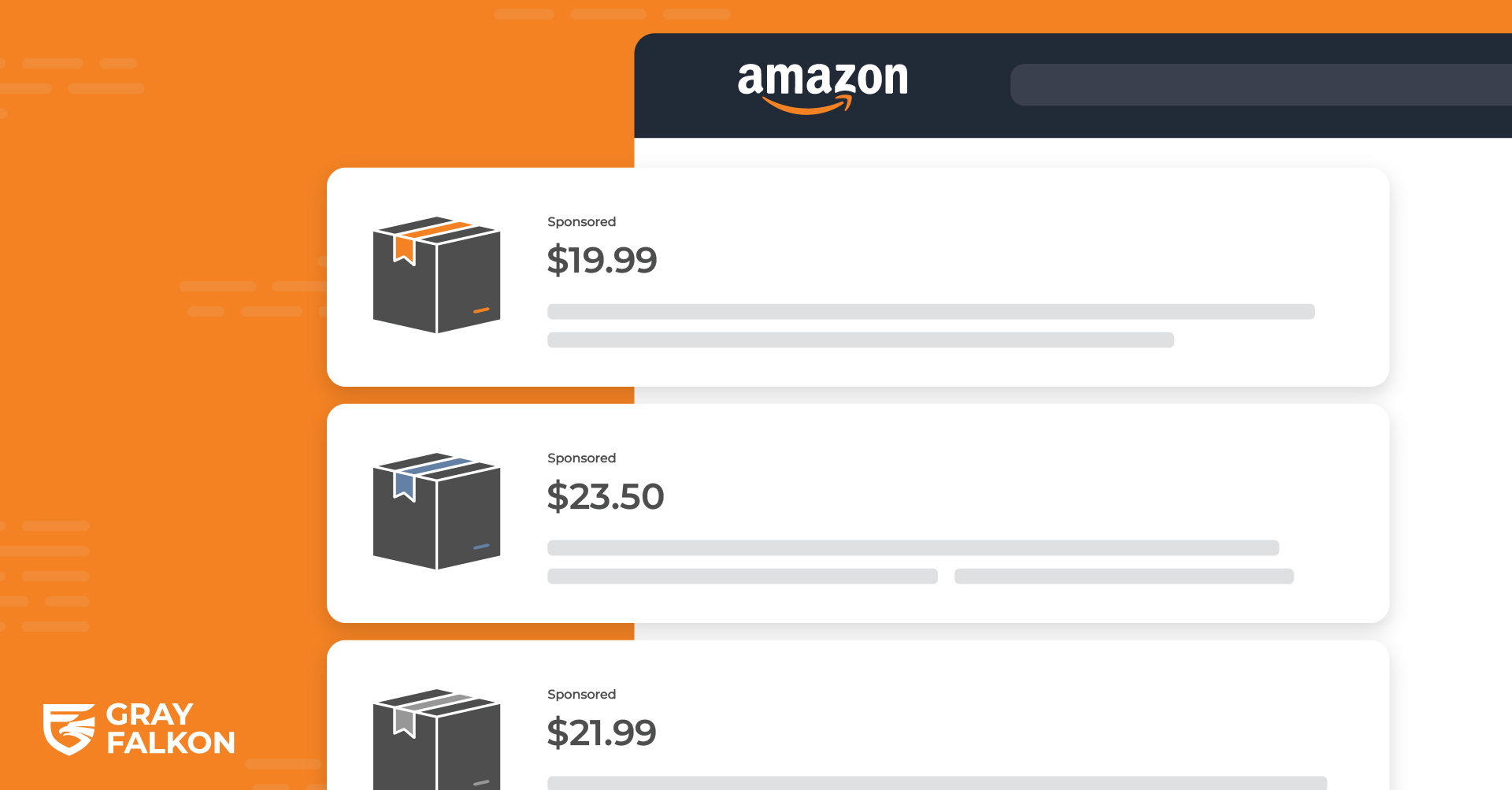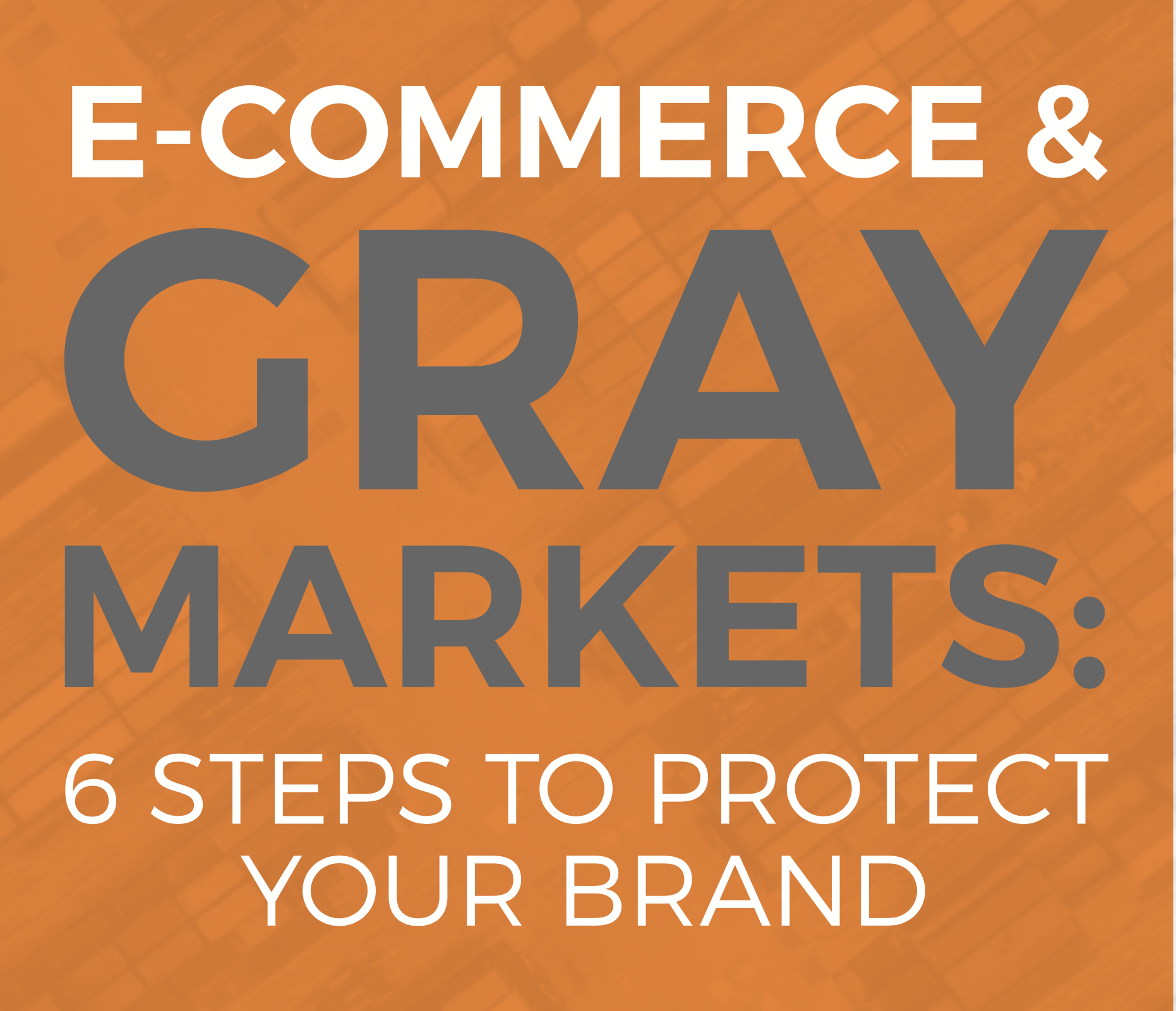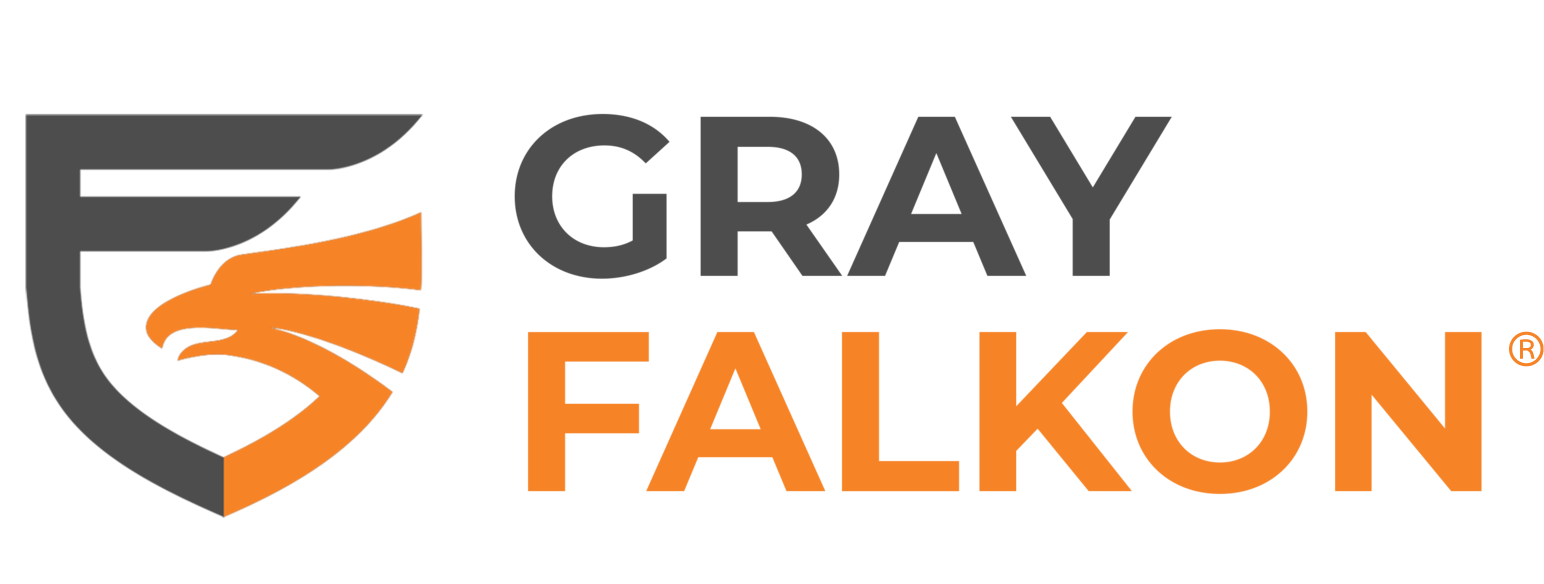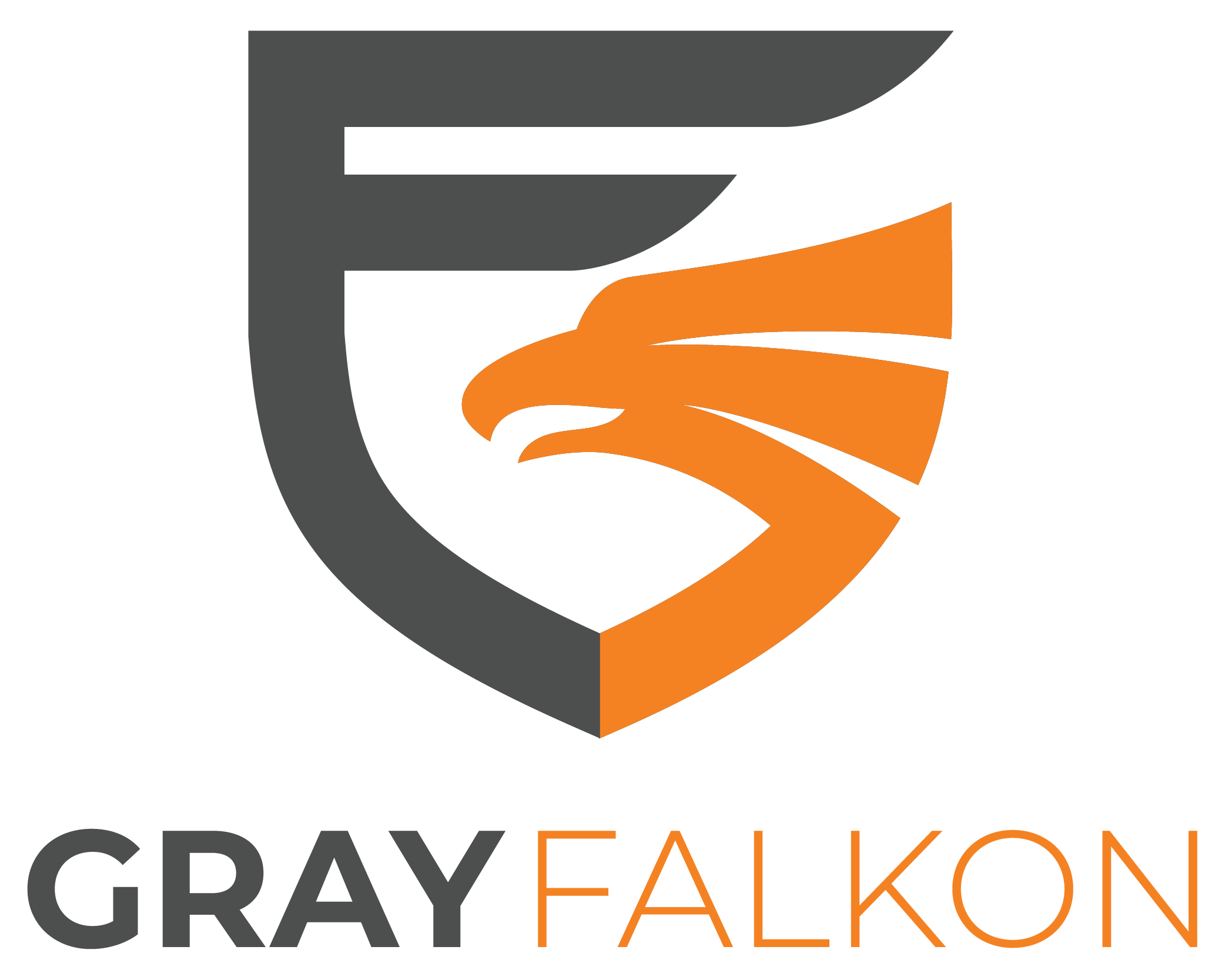
Falkon Focus: Retail media spend hit new highs during Prime Day 2025, but so did brand risk. With Amazon’s search results flooded by ads, visibility is now a pay-to-play game. Yet without proper brand protection, every advertising dollar is vulnerable to unauthorized sellers, Featured Offer (Buy Box) theft, and listing disruption. To maximize ROI, brands must pair retail media strategy with real-time enforcement, monitoring, and AI-powered protection across platforms.
Retail media is no longer an add-on strategy, it’s the price of admission. For brands selling on Amazon, Prime Day 2025 put that reality on full display. With record-breaking retail media spend and a growing number of ad placements dominating search results, Prime Day revealed a shifting landscape where advertising isn’t just a growth lever, it’s a gatekeeper. If you’re not paying to be seen, you’re likely not seen at all.
This shift has sparked a growing concern among brand strategists, performance marketers, and eCommerce operators: has retail media gone too far? And more importantly, what happens when brands pay to be visible, only to have their investment undercut by unauthorized sellers?
Retail Media Overreach: The Search Experience is Breaking
On a recent episode of The Jason & Scot Show, Jason Goldberg, the Chief Commerce Strategy Officer at Publicis, described Amazon’s current search experience as “a wake-up call.” His concern? Advertising has tipped from being a performance lever into something more troubling: an overwhelming, pay-to-play model that’s damaging discoverability.
“I was looking for a dog treat I regularly order, and it was buried among a hundred other items – almost all ads,” Goldberg explained. “They’re so focused on monetizing that they’ve lost sight of the customer experience.”
It’s a sentiment many Amazon shoppers and sellers can relate to. Search results are increasingly dominated by sponsored placements, and the line between organic relevance and paid positioning is harder to distinguish. According to Goldberg, as much as 90% of some product result pages are now made up of ads.
He likens it to walking into a department store where every shelf is paid for by the brands, not curated for quality or relevance, but for whoever bid the most.
“If the whole store is companies that have crappy products paying to be in front of what you really want, you’d never go back.”
The result? Frustration, mistrust, and in many cases, abandonment.
This is what Goldberg calls “retail media overreach.” It’s not that retail media doesn’t work, it’s that when monetization overtakes user experience, everyone loses: brands, customers, and even the marketplace itself.
The High Cost of Visibility
In today’s Amazon ecosystem, running ads isn’t just a strategy, it’s a requirement. Brands looking to earn coveted placements, Prime Day badges, or even basic search visibility are now expected to commit to significant retail media budgets. As Goldberg noted, the message is clear:
“If you don’t commit to a pretty serious ad buy, you’re not going to get this placement and this little do dad and this little badge, and all this kind of jazz.”
This shift has transformed advertising from a competitive advantage into a cost of participation. The playing field no longer rewards innovation or performance alone, it rewards whoever is willing to pay more, more often.
But as more brands flood Amazon with paid placements, even large-scale campaigns risk becoming background noise. High budgets no longer guarantee visibility. Instead, they often contribute to the oversaturation of ads, where everyone is paying, but few are standing out.
For brands, this creates a troubling paradox: the more you spend to be seen, the harder it becomes to stay visible, especially when every other brand is doing the same.
The ROI for Brands is Being Eroded by Unauthorized Sellers
While brands pour resources into ad spend to boost visibility, unauthorized sellers are siphoning away the results. The cost isn’t just financial, it’s strategic. Every campaign designed to increase traffic and conversion is vulnerable when rogue sellers are allowed to interfere.
Here’s how it plays out:
- A brand invests heavily in advertising to push a product during a peak event like Prime Day.
- An unauthorized seller jumps on the listing, often undercutting the brand on price or failing to meet fulfillment, packing, or quality standards.
- The seller wins the Featured Offer (formerly Buy Box), diverting conversions away from the brand’s offer.
- Shoppers unknowingly buy from a third-party, and if the experience is subpar, the brand takes the hit in reviews and customer perception.
Advertising was meant to drive ROI, but in this scenario, it does the opposite. Instead of boosting sales, it draws attention to a listing the brand no longer controls. For brands, this isn’t just a lost opportunity, it’s an expensive erosion of trust and control.
The Hidden Tax on Advertising
Every ad dollar spent on Amazon carries an invisible figurative tax when brand protection isn’t in place. It’s not just about performance metrics, it’s about the fragility of that investment when disrupted by unauthorized activity.
Brands spend to win:
- Premium placements
- Prime Day badges
- Visibility in search results
- Sponsored brand spots and storefront traffic
But when an unauthorized seller hijacks the Featured Offer or misrepresents the product, that investment no longer benefits the brand. Instead, it drives traffic to an unauthorized third party that:
- Ignores pricing strategies and agreements
- Dilutes branding with inconsistent images or descriptions
- Causes negative reviews tied to poor fulfillment or counterfeit packaging
Even worse, that same visibility, earned through paid media, helps unauthorized sellers thrive by boosting their exposure and credibility.
It’s a loop that punishes legitimate brand investment and rewards opportunistic sellers who operate outside the rules. That’s the hidden tax: every dollar spent on visibility is at risk unless you actively protect your listings.
Why Prime Day 2025 Was a Wake-Up Call
Prime Day 2025 broke records in nearly every measurable way, including retail media investment, consumer engagement, and overall eCommerce sales. But it also exposed a hard truth for brands: visibility alone isn’t enough.
Many brands entered Prime Day and the weeks/months leading up to the event with aggressive ad strategies as seen by the explosive growth in Amazon Retail Media Advertising Revenue, investing heavily to win premium placements, drive conversions, and capitalize on high-intent traffic. But for some, those efforts were quickly compromised by a familiar but intensifying threat: unauthorized sellers. In the weeks leading up to and throughout the event, the significant impacts of third-party interference can be seen:
- Hijacked listings where unauthorized sellers undercut pricing or swapped in outdated images and descriptions.
- Featured Offer (Buy Box) theft from sellers with questionable and gray market fulfillment or supply chain practices.
- Customer confusion due to inconsistent experiences across multiple seller offers, all displayed under the same branded listing.
The result? Brands paid to bring traffic to listings they didn’t fully control. In some cases, they funded visibility that boosted unauthorized competitors.
Even well-funded campaigns, designed months in advance, were vulnerable. Without a proactive enforcement strategy, brands were left playing defense during one of the highest-stakes retail events of the year.
Prime Day 2025 underscored the reality that retail media and brand protection can no longer operate independently. The cost of media saturation isn’t just noise, it’s exposure to risk. And without control, increased traffic simply increases the surface area for disruption.
Gray Falkon’s Brand Protection Stack: Shielding Your Ad Investment
The more brands spend to stand out on Amazon, the more critical it becomes to defend that spend. That’s where Gray Falkon comes in. Our Full Deployment brand protection solution is designed not just to monitor and report, but to submit policy violations for marketplaces to take the necessary action against unauthorized sellers, ensuring that the traffic and visibility you pay for ultimately benefits your brand. Here’s how Gray Falkon protects your brand:
Always-On & Real-Time Monitoring
Our solution uses AI-powered technology to monitor listings across Amazon, Walmart, and other major marketplaces. Unlike other monitoring tools, we track all unauthorized sellers, giving you full visibility into who’s disrupting your listings. This includes:
- Identifying unauthorized sellers
- Detecting policy violations
- Tracking disruptions that could impact ad performance
Marketplace Engagement
Our Full Deployment solution activates swift and compliant action when violations are detected. Our automated solution generates and submits marketplace-compliant violation reports. That means faster takedowns, consistent documentation, and more time for your internal teams to focus on growing the brand, not policing it.
Falkon Connect: AI-Powered Seller Engagement
Falkon Connect adds a new layer of AI and automation to Seller Engagement, as it:
- Communicates with unauthorized sellers at scale
- Gathers inventory source information
- Encourages voluntary compliance with marketplace policy
- Operates 24/7, across languages and time zones
This level of coverage helps protect ad dollars spent, driving clicks (and value) to your brand, not third-party sellers.
Cross-Platform Protection
Today’s shoppers move fluidly between marketplaces. So do unauthorized sellers. That’s why Gray Falkon protects your brand across all the major marketplaces, helping you maintain consistency in pricing, presence, and customer experience.
Marketplace Brand Protection Portal
To help connect all the dots during high-stakes sales events, Full Deployment clients have access to our Marketplace Brand Protection Portal, a dashboard suite that turns data into decision-making. Key dashboards include:
- Overview Dashboard: A high-level snapshot of your brand protection efforts across marketplaces and regions, including metrics on sellers removed, listings removed, and suppressed sales volumes.
- Products Dashboard: See which ASINs are most affected, how many unauthorized sellers have targeted them, and when.
- Sellers Dashboard: Monitor seller behavior over time, including repeat appearances and shifting inventory strategies.
When retail media becomes pay-to-play, brands must ensure the value they’re paying for doesn’t get diverted. Gray Falkon helps close that gap, turning ad strategy into sustainable brand growth.
Visibility Without Control Is a Risk Multiplier
Advertising has always been about driving attention. But in today’s hyper-competitive retail media environment, attention alone isn’t enough. Without control over listings, sellers, and pricing, brands risk pouring ad dollars into visibility that benefits someone else.
Prime Day 2025 made that clear. Visibility surged, but so did interference. Unauthorized sellers, Featured Offer losses, and inconsistent customer experiences weren’t isolated issues, they were symptoms of a broader challenge, which is performance marketing without protection.
As we move into Q4, brands must rethink how they approach retail media. The winners won’t be those who simply spend more. The winners will be those who: Invest in visibility, enforce against disruption, and maintain consistency across customer touchpoints.
Schedule a demo today and learn how you can protect your brand against unauthorized sellers and protect your advertising and retail media investment.



